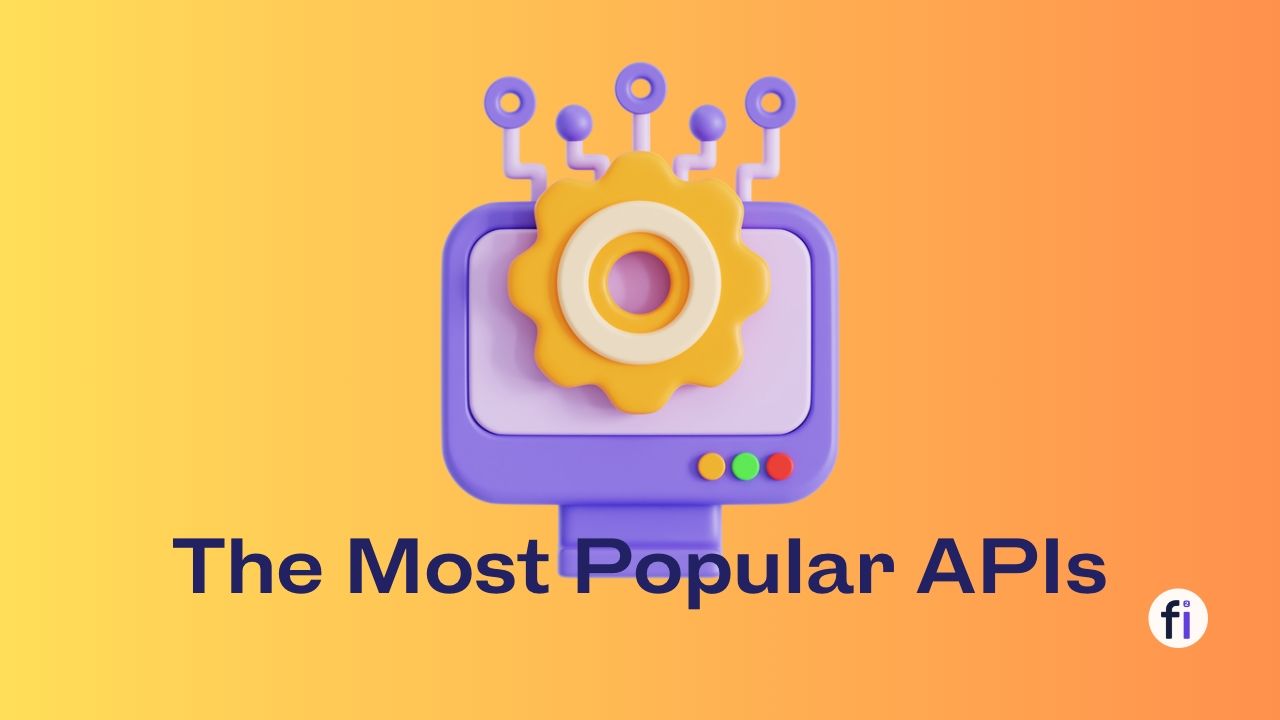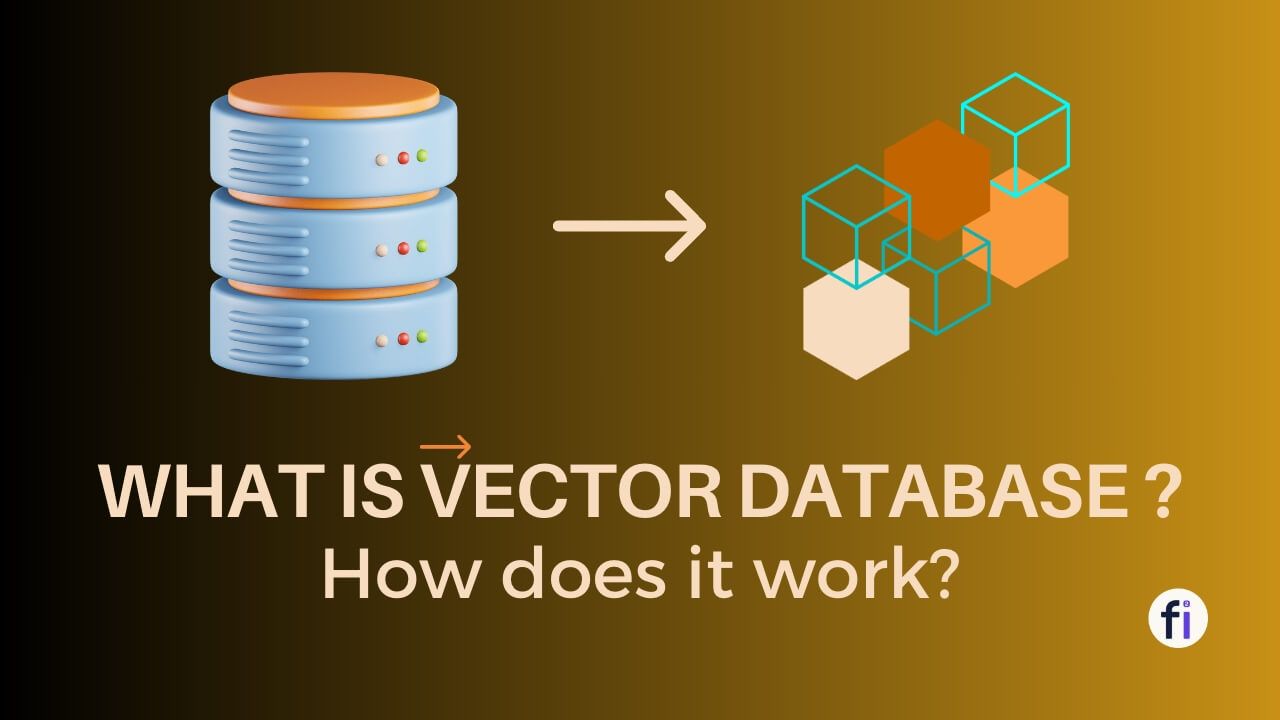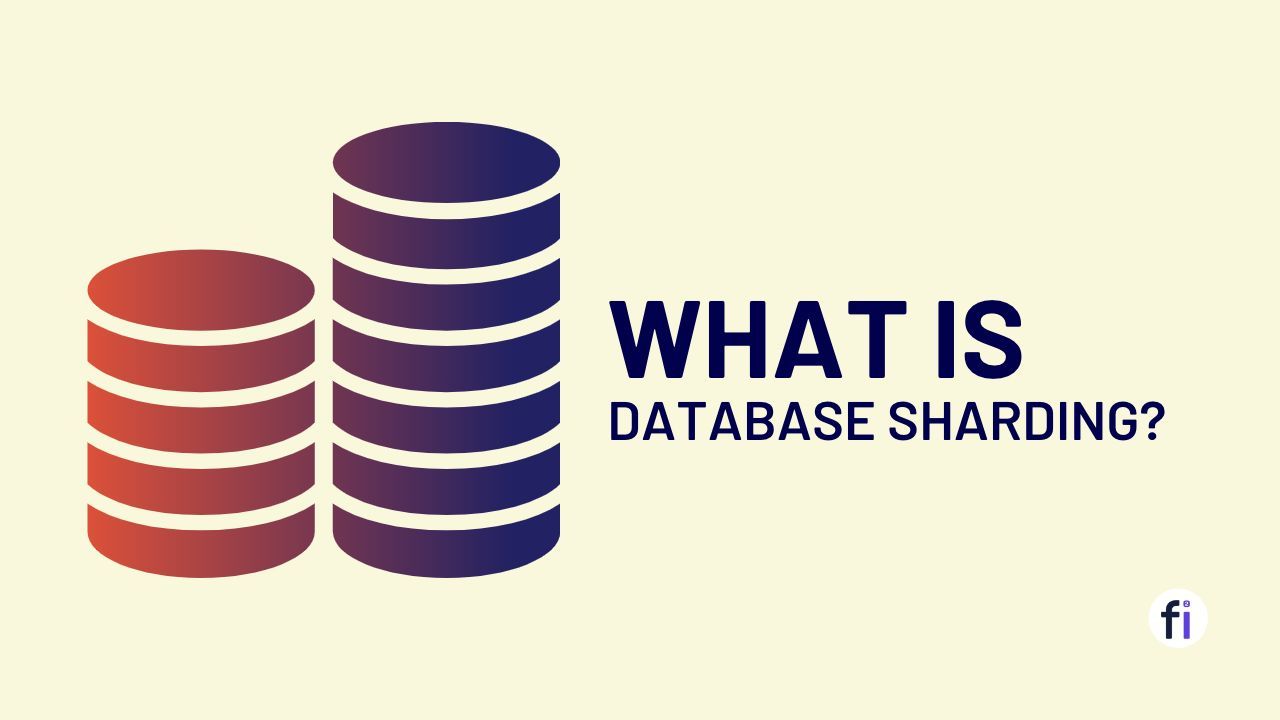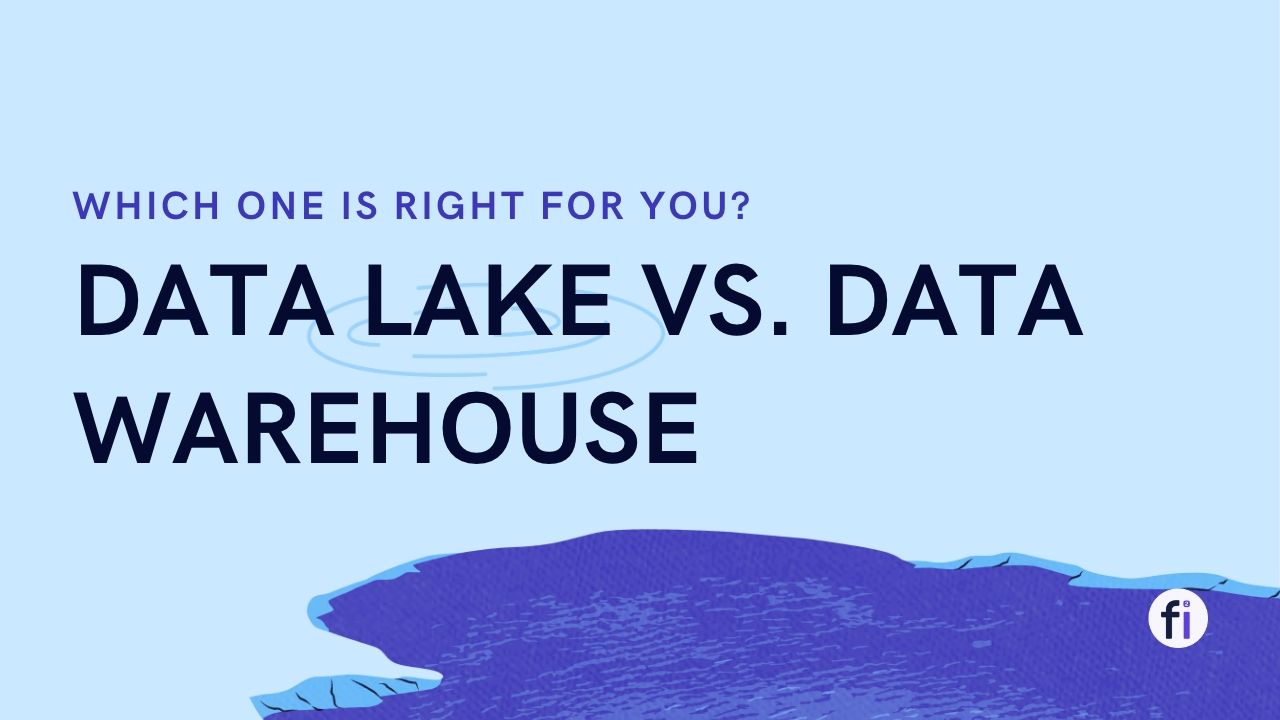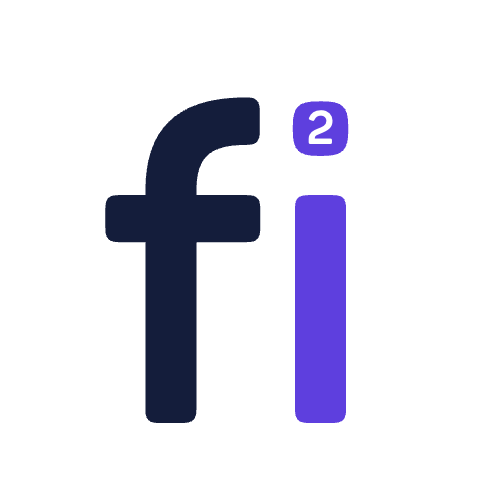The Periodic Table of Kubernetes
Google launched its container management tool Kubernetes in 2014 and it became an open-source tool that was quickly embraced by the community.
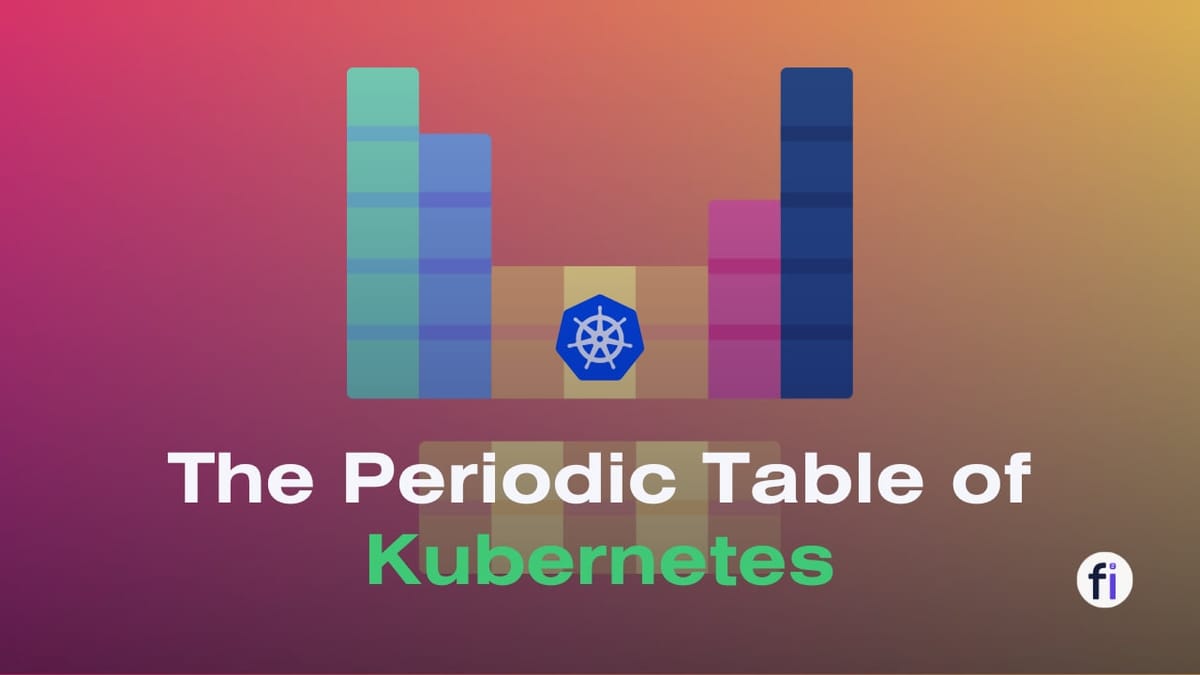
Kubernetes has become a robust & powerful platform in the world of container orchestration. But with its vast ecosystem, it can be a hard task to understand its crucial building blocks. That's where the Periodic Table of Kubernetes comes in. This table is a visual representation of the 120 various components and tools that are used in the powerful container orchestration platform. Kubernetes is a popular open-source platform for managing containerized applications.
This useful guide is designed to assist developers, system administrators, and cloud enthusiasts in navigating the complex world of Kubernetes.
What is Kubernetes?
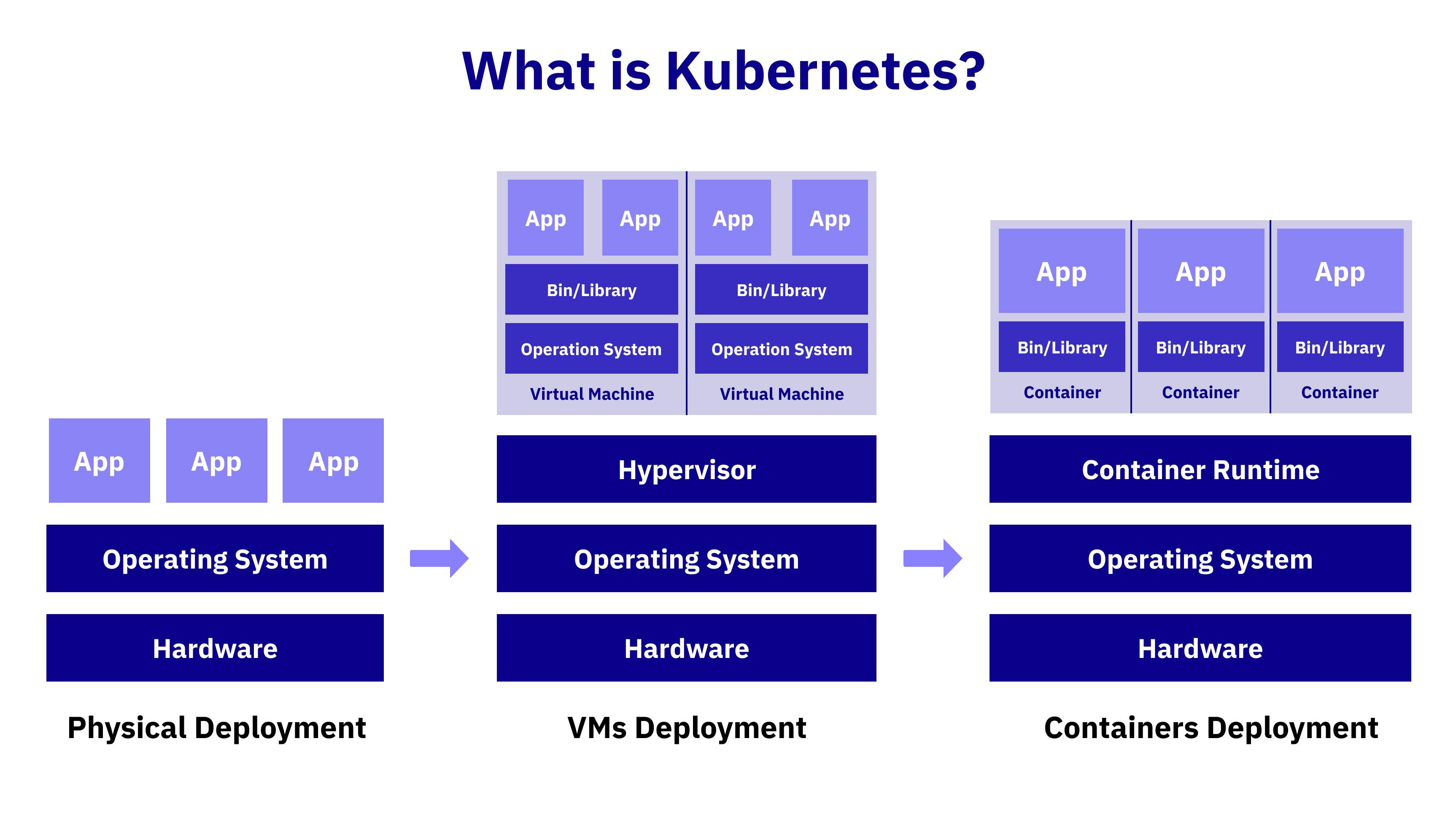
In simple terms, Kubernetes is an open-source platform designed to automate deploying, scaling, and managing containerized applications. It puts containers that work together in an app into groups that are easy to manage and find.
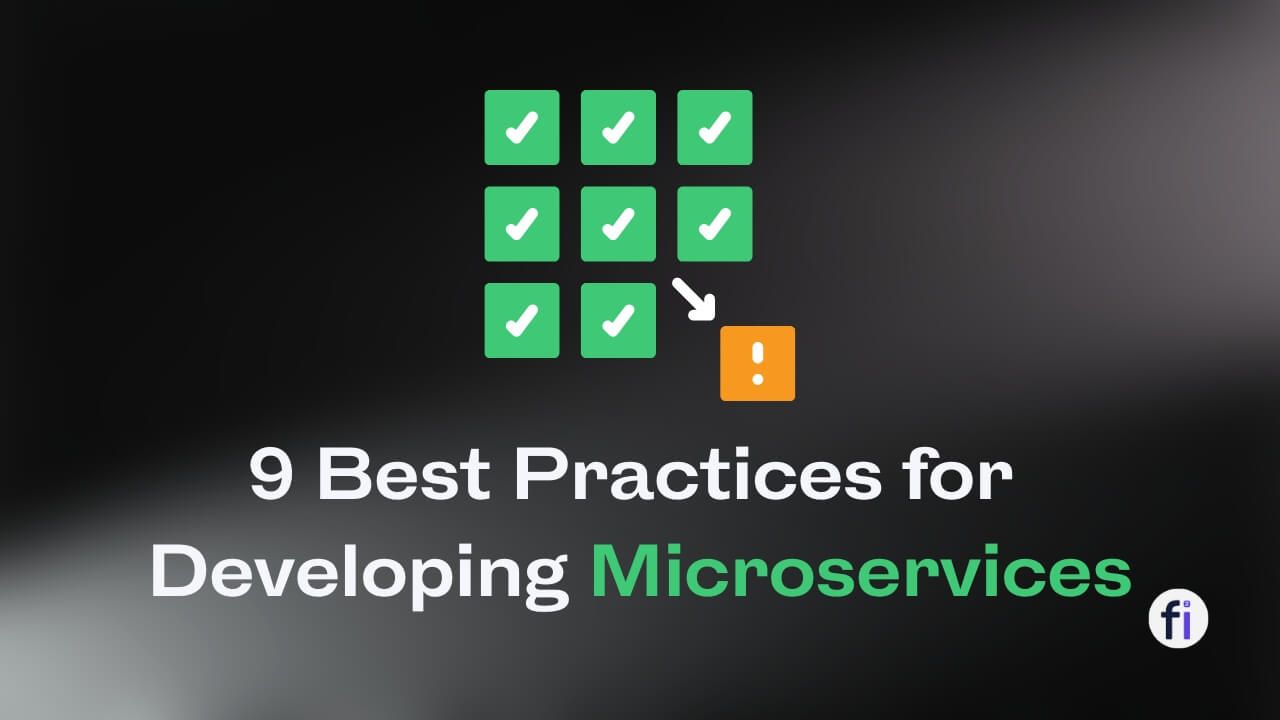
The Structure of the Periodic Table of Kubernetes
The Periodic Table of Kubernetes is structured similarly to the chemical modern periodic table. It's divided into several sections, each representing a different category of Kubernetes components. These categories include:
- Infrastructure and Control Plane
- Backup, Restore, and Disaster Recovery
- Continuous Integration and Deployment
- Core Components
- Security and Identity Management
- Configuration and Data Management
- Governance and Compliance
- Other Elements
- Networking
- Monitoring and Observability
- Stateful Applications and Data Management
- Autoscaling and Load Balancing Resource Management
- Package Management and Configuration
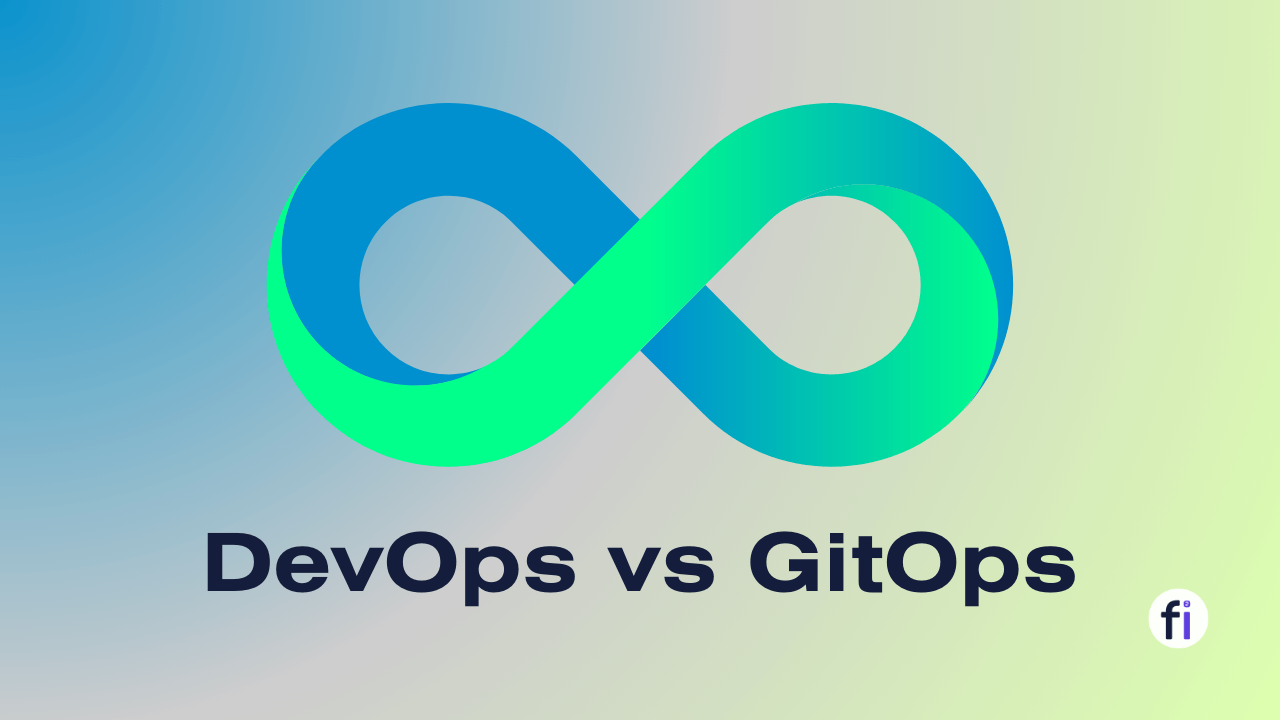
The Need for the Periodic Table of Kubernetes
The Kubernetes ecosystem is large and continually evolving. It's filled with various components, each serving a unique purpose. For a newcomer or even an experienced user, it can be overwhelming to understand and remember all these components.
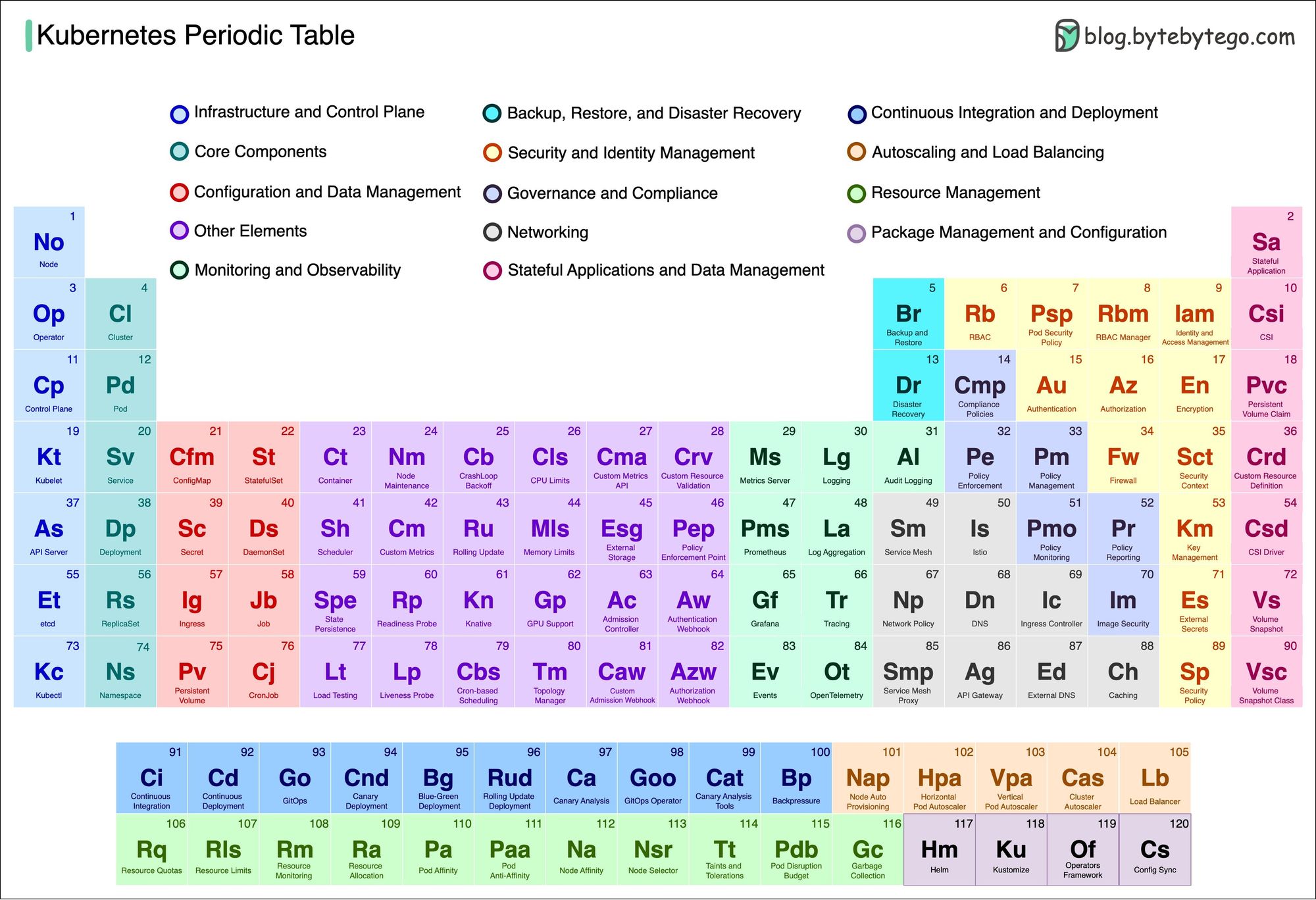
Conclusion
The Periodic Table of Kubernetes is a powerful tool for anyone involved with Kubernetes. It shows the complex Kubernetes ecosystem, making it accessible to developers, system administrators, and cloud enthusiasts alike. By understanding the key building blocks of Kubernetes, you can navigate this powerful platform with confidence.
